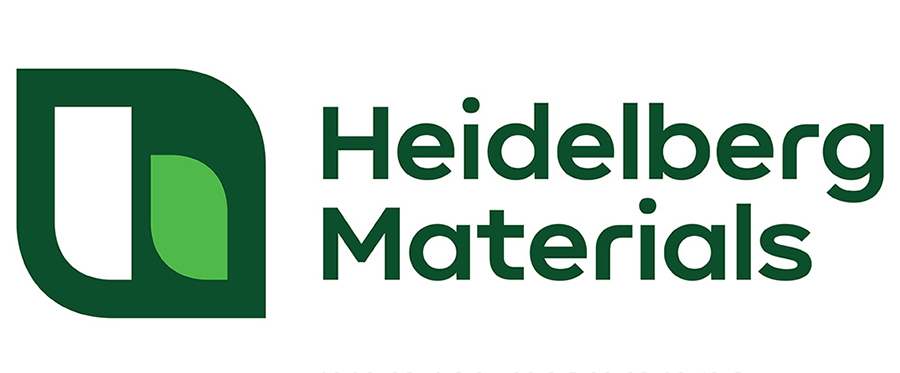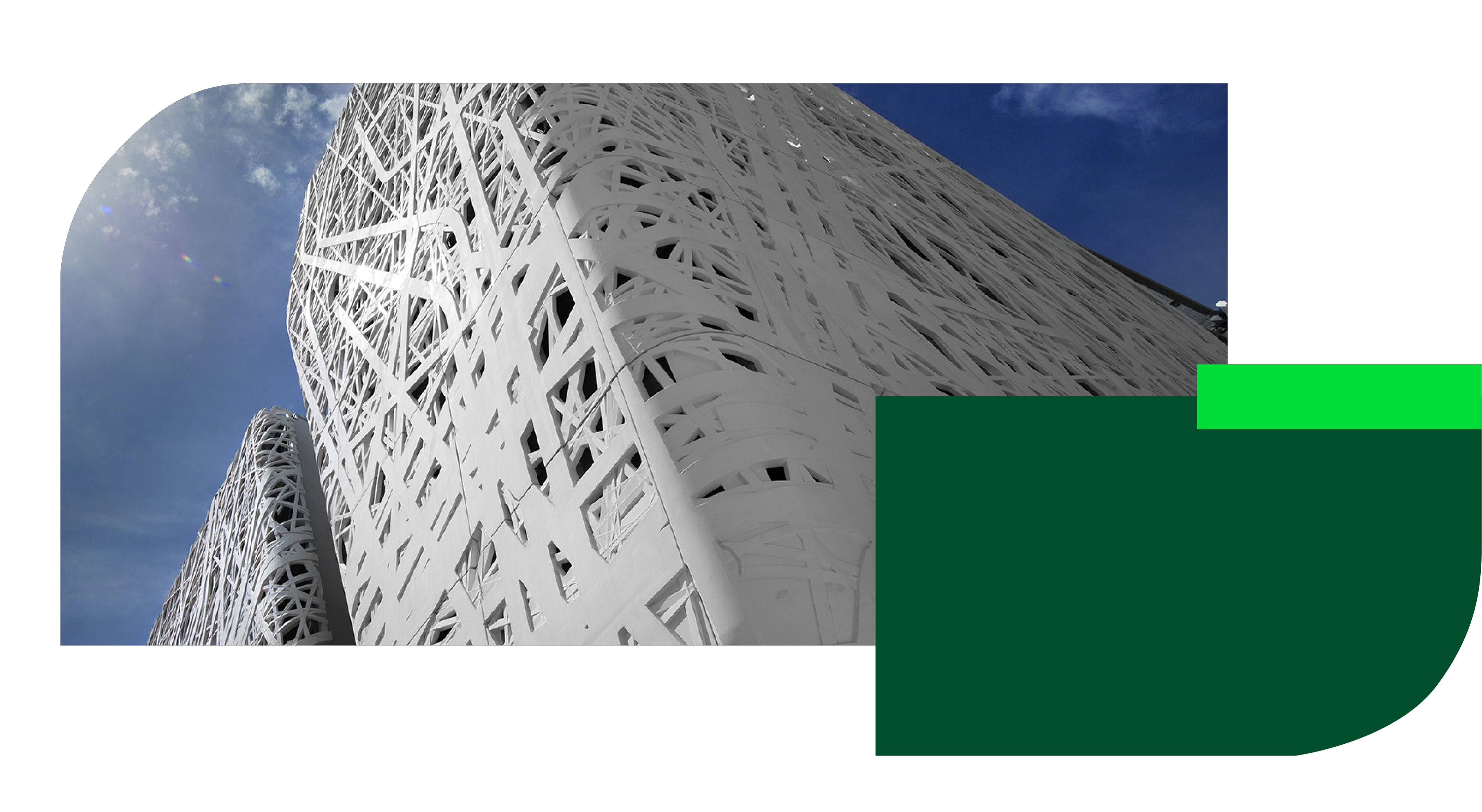
Elevate Your Architecture, Enhance Our World:
Discover how TX Active® can transform your projects with sustainable elegance. Explore our solutions and start building a cleaner future today.
Harness the self-cleaning and eco-friendly power of TX Active® Photocatalytic Cement
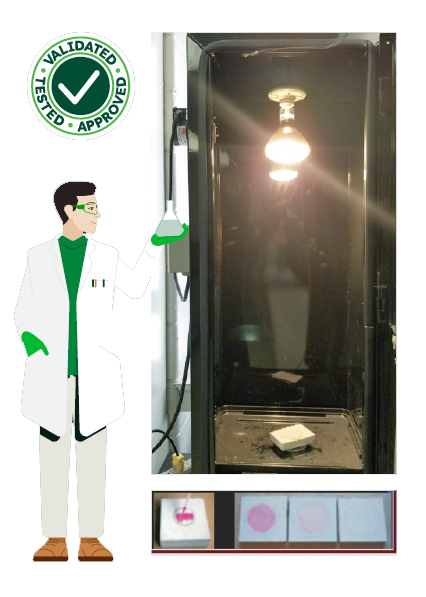
Ensuring Performance With Advanced Testing
Before your project begins, ensure the effectiveness of TX Active® with our unique testing service, exclusive to North America. This pre-construction assurance allows you to proceed with confidence, knowing that our photocatalytic cement will deliver both environmental and aesthetic benefits as promised. Here’s how our testing process ensures the highest standards:
Step 1: A sample of TX Active® tailored to your project’s specifications is prepared and sent for rigorous assessment.
Step 2: The sample undergoes detailed analysis in our lab, where it is exposed to light and environmental conditions that simulate actual usage, verifying its photocatalytic efficiency.
Step 3: Results provide definitive evidence of pollution reduction and maintenance of aesthetic quality, ensuring that TX Active® meets your sustainability and design needs.
Learn more about our comprehensive testing protocols and how TX Active® can be integrated into your next project.
7a02c3afc845496a86301e94014c36fb.jpg?sfvrsn=ac478a3e_0)
Tradition Meets Sustainability:
Fred D. Thompson U.S. Courthouse and Federal Building, Nashville
The Fred D. Thompson U.S. Courthouse and Federal Building located in Nashville, Tennessee design combines the symmetry of classical architecture with contemporary elements that emphasize the building future-focus. Project designers took steps to maintain the cleanliness of the buildings facade and specified that its precast panels be cast using TX Active photocatalytic cement. The photocatalysts in TX Active cement react with sunlight and accelerate the oxidation processes that occur in nature, essentially making the concrete self-cleaning. This Courthouse project won the 2024 PCI Design Award for Sustainable Design and an honorable mention for Government and Public Buildings.
TX Active®: A beacon of eco-conscious design that goes beyond just aesthetics.
Innovative Nature-Inspired Design:
Palazzo Italia Expo 2025, Milan, Italy
The Palazzo Italia features a complex architectural design, with its exterior and select interior spaces resembling branches in a dense forest adorned with cement panels. These panels, infused with TX Active photocatalytic properties contributes to reducing smog, particularly in the heavily trafficked streets of Milan, and maintains the facade's brightness. The Palazzo Italia was the Overall Excellence and Decorative Concrete winner in the 2016 ACI Excellence in Concrete Construction Awards.
TX Active®: Elevating design while combatting air pollution.
0ef1b06eafbc4dd082c486d6307b8204.jpg?sfvrsn=274dfdba_0)
Empower your architectural vision
View More Case Studies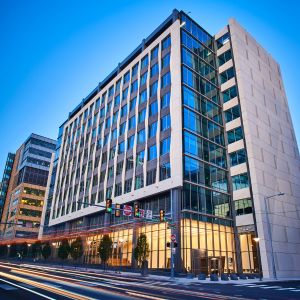
AEC Daily Course
This course examines photocatalytic technology which accelerates self-cleaning and fights air pollution while maintaining the mechanical and physical properties of traditional concrete.
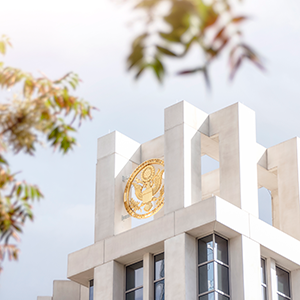
Good, Clean Design
For more than a decade, our technology center has been studying photocatalysis and applying its applications in cementitious materials. Among our findings: cementitious materials represent the ideal solution for spreading photocatalysts widely and evenly over both the horizontal and vertical surfaces of architectural and structural elements.
Why Choose TX Active® Photocatalytic Cement?
Customization
“Tailor-made solutions for each project, ensuring your architectural vision is uncompromised.”
Unique Estimating
“Precise, reliable, and dedicated estimating service. Get it right the first time.”
Innovation
“Always at the cutting edge, our cement is more than a product; it’s the future of construction.”
Sustainability
“Beyond its self-cleaning properties, our cement actively combats air pollution, making it a champion for both design and the environment.”
Ready to get started?
We supply all of North America with this special material, connect with our Specialty Cement Representative today!
